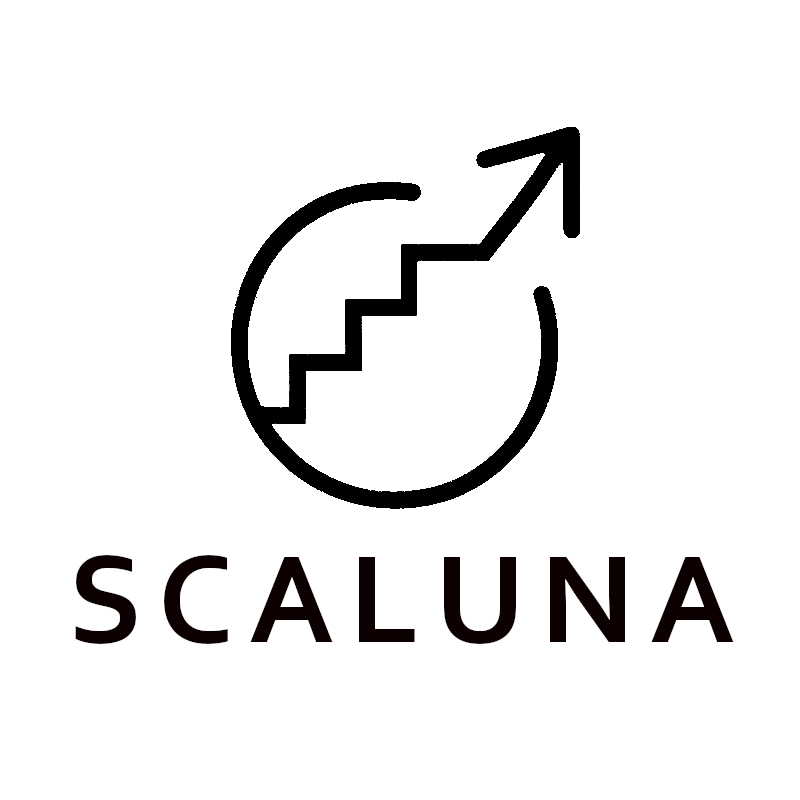The ESO conference held in Bale between 14th and 17th of May for its 10th edition. More than 6000 participants coming from the Americas, Asian countries, Australia and Europe shared results about all forms of stroke, including intracerebral hemorrhage [ICH].
As far as I am concerned, the 3 hot take home message I heard are:
– Cerebral hemorrhage is positioning itself as a pathology in its own right, and not just as a stroke sub-population. The actions carried out during this congress bear witness to this: ICH Academy meeting #1, numbers of [positive] results from large clinical trials published in the last 4 months, emphasize on the “CODE-ICH” to trigger early specific management. The emergence of treatments in the hyper-acute phase will drastically change the way this pathology is managed and viewed, and open up new acute therapeutic opportunities.
– Education works: education about the signs of stroke, and how to prevent it, works, even if it requires a great deal of efforts. It is worth noting that this work is worthwhile in view of the predicted increase in stroke cases in general (see my previous article), and the neurodegenerative consequences of these diseases (Acute ischemic stroke [AIS], ICH, subarachnoid hemorrhage [SAH]). As a reminder, stroke is the leading cause of acquired disability in adults, and the second leading cause of dementia.
– In the treatment of AIS, confirmation of tenecteplase’s value, particularly for patients suffering large-vessel occlusions that cannot access thrombectomy. Tenecteplase will enable us to offer an evolution in medical practices, with thrombectomy on the rise to treat more ischemic patients. We are slowly moving towards a second drug treatment approved, Tenecteplase to complete alteplase action.
Let’s review my understanding of the main news from the various days:
– ICH Meeting Academy #1
This was the first edition of this satellite meeting, with the clear aim of highlighting the management of ICH patients for whom there is currently no approved treatment. A number of messages were reinforced, notably the need to reduce the size of the hematoma to ensure a better clinical prognosis and reduce disability/mortality. To achieve this, strategies to stop bleeding are of course important and were developed during ESOC, including ANNEXA-I, INTERACT-4 (see below). It should be noted that these strategies need to be implemented very early (“hyperacute phase” <3h) to limit hematoma expansion and to offer a clinical benefit.
Biomarkers need to be developed to enable early differentiation between ischemic stroke and cerebral hemorrhage and early management (two examples presented with DB-tau and GFAP).
Cerebral hemorrhage is a different pathology from ischemic stroke, is a treatable pathology and requires complementary therapeutic tools.

– ESO Day #1
Presentation of projections to 2040 for stroke incidence, mortality and dementia in Ireland. As the population ages, an increase in the number of strokes is to be expected, both in terms of treatment and acute management, and in terms of the management of disabling consequences (severe disability, dependency, dementia). This presentation ties in with the latest US and European reports on trends in the incidence of stroke (ischemic AND hemorrhagic), as well as the previously published article.
Overview of the main clinical trials presented:
- Prevention and education are energy-intensive but bring positive effects to “Cut Stroke in Half”. As a reminder, this is one of the main objectives of the Stroke Action Plan in Europe (SAP-E) to reduce by 10% the total number of stroke (AIS + ICH + SAH) in Europe by 2030.
In PROMOTE, a phase 3 Randomized Clinical Trial, the intervention is based on lifestyle modification using the Stroke Riskometer and a polypill containing anti-hypertensive and statin for patients at low to moderate risk of stroke, a population that currently has no recommendation for medication use. On 371 patients, the treated group showed a reduction of blood pressure and LDL cholesterol, two major risk factors of stroke.
In TACTICS, a non-randomised intervention trial that aimed to optimize workflow and implement specialized imaging, has shown promise in improving access to endovascular thrombectomy for patients in regional and rural areas of Australia (+44% of the odds in receiving reperfusion).
- Acute Ischemic Stroke: a further demonstration of the non-inferiority of tenecteplase versus alteplase for the acute treatment of ischemic stroke. Complementing the AcT and ATTEST trials, TASTE confirms that we will very soon have a second thrombolytic therapy approved in this indication. The advantage of tenecteplase lies mainly in its simpler, bolus administration. The treatment of ischemic stroke could continue to evolve, as shown by other phase 3 clinical trials, whose results are neutral but whose in-depth analysis of sub-groups could highlight a niche of use (such as Glibenclamide in low-severity strokes as shown in the CHARM trial).
- Intracerebral Hemorrhage: following the presentation in 2023 of the ENRICH results, using a medical device (and to which I’ll return later), new phase 3 clinical trial results were presented in 2024, including SWITCH and ANNEXA-I. The latter demonstrates the possibility of stopping bleeding early, thus facilitating access to hematoma evacuation technologies (a strategy followed by Op2Lysis). SWITCH, a decompressive craniotomy trial, underlines the importance of the compressive effect of hematoma in the brain and the need to evacuate it. Decompressive surgery reduces the probability of death or severe disability by 14% (mRS 5 & 6).
Complementary to STICH, MISTIE and ENRICH, SWITCH add new independent data to support the importance to reduce hematoma size in the brain in order to favor a clinical benefit in patients.
– ESO Day #2
On this second day of ESOC, I particularly appreciated Catherine Lawrence’s talk on translationality between rodent and human models, and the need to improve models so that they approach the baselines of stroke patients – in other words, not basing a strategy solely on young and healthy animals to demonstrate the therapeutic effect of a treatment. This intervention is entirely in line with the approach implemented in Op2Lysis research, with demonstrations on a cerebral hemorrhage model when we focus on inflammation (Goulay et al., 2018) and edema formation, and on the use of human blood to reproduce intracerebral hematomas to anticipate the most effective doses to use in patients (Thiebaut et al., 2023).
Another important message we heard was the need to use adaptive clinical protocols, particularly in early clinical trials, to speed up the transfer of treatments to patients and to promote confirmation phases (phase 3), also a strategy followed by Op2Lysis to move faster forward an approval.
Given the number of clinical trials being carried out in cerebral hemorrhage, and some positive results, the guidelines are set to evolve rapidly in Europe. Thorsten Steiner recalled the major successes of recent years (MISTIE; INTERACT 3 and 4; ANNEXA-I; ENRICH; SWITCH) and the need to evolve practices by implementing “hyperacute” strategies to stop bleeding and hematoma expansion; and by implementing strategies to evacuate these hematomas, thereby reducing the enormous mortality associated with cerebral hemorrhage (40-50% of deaths 30 days after the event). We will, of course, be monitoring and commenting on these developments.
Overview of the main clinical trials presented:
- Early blood pressure reduction to improve recovery in patients: Blood pressure lowering for intracerebral haemorrhage – the earlier the better; certainly one of the most positive results for this orphan indication. In INTERACT-4, the blood pressure (BP) reduction strategy was administered in the ambulance before the origin of the stroke (cerebral ischemia or cerebral hemorrhage) was known. The pre-hospital ambulance-initiated BP reduction group with haemorrhagic stroke had a lower likelihood of poor functional outcome (common odds ratio [OR] 0.75; 95% confidence interval [CI] 0.60-0.92), whereas the group with cerebral ischaemia had a higher likelihood of a poor functional outcome (OR 1.30; 95%CI 1.06-1.60), compared to patients with these stroke types who received usual care BP management upon arrival to hospital. In the absence of a reliable biomarker, this strategy cannot be applied without knowing the type of stroke the patient is suffering from, but it will help to stimulate this field and gradually change practice. On the other hand, in the TRUTH trial, the strategy of reducing blood pressure showed no benefit in acute ischemic stroke AIS patients.
- Acute ischemic stroke: For patients with ischemic stroke associated with large-vessel occlusion and unable to benefit from interventional therapy (thrombectomy), TRACE-3 is a clear success, extending the therapeutic window to 24 hours for treatment with Tenecteplase, and increasing the chance of remaining disability-free from 24% to 33% (mRS 0&1).
In conclusion, this 10th edition of the European Stroke Organisation Conference is clearly a turning point in the perception of cerebral hemorrhage, which is no longer the pathology without any therapeutic solution. Cerebral hemorrhage must now be given the same attention as ischemic stroke, and therapeutic solutions can be successfully implemented.
For ischemic stroke, we have seen additional confirmations of tenecteplase’s potential to be considered a standard of care, like alteplase in thrombolytic treatment, as a complement to the endovascular surgical approach.
Practices could evolve very rapidly as a result of this conference, and we look forward to the publication of updated guidelines in the coming weeks.
Further information is available on the ESO website: https://eso-stroke.org/esoc2024/general/highlights/

Leave a Reply